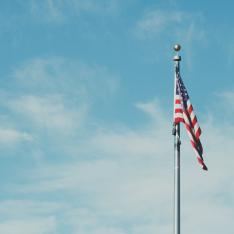Home
Practical Counsel. Unique Insight.
We don’t just flag problems. We offer solutions. That’s why we are a trusted advisor to the world’s top companies.























Working toward a more circular economy will continue to be at the forefront in 2025. More and more, states are requiring producers to manage the end-of-life of an increasing number of consumer items, from packaging materials, paper products, and food service ware, to mattresses, carpets, and more. California is now the first state in the nation to establish an extended producer responsibility program expressly for textiles.
We don’t just flag problems. We offer solutions. That’s why we are a trusted advisor to the world’s top companies.